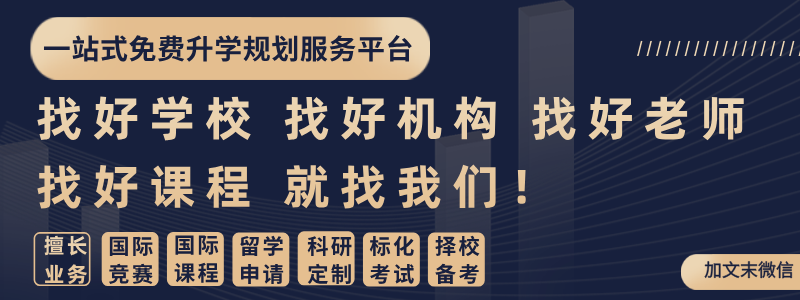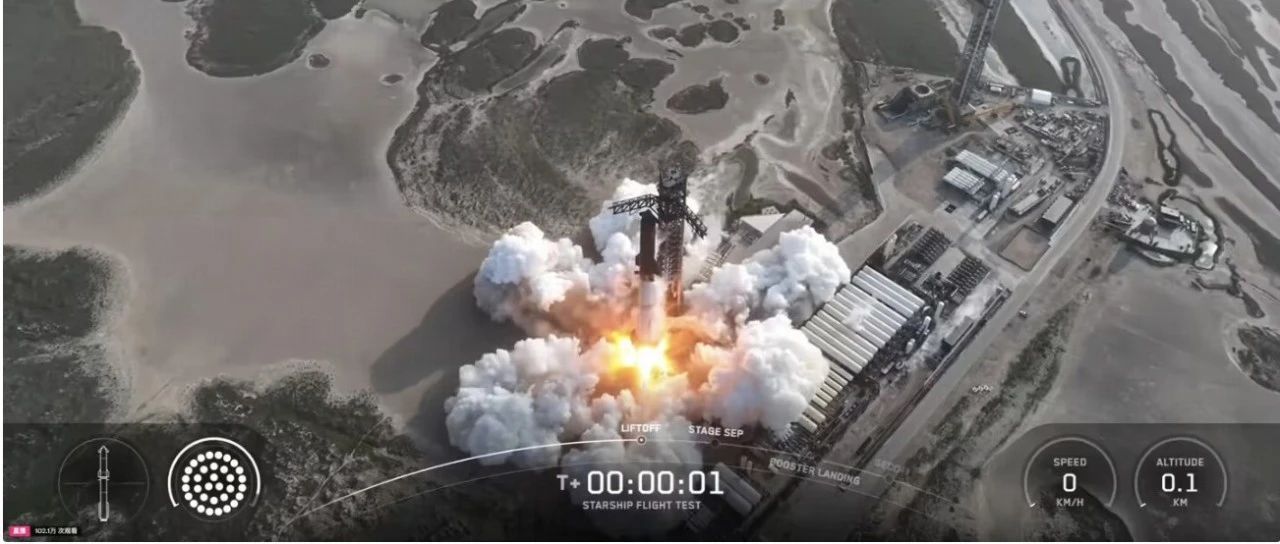2025年度主题:重燃未来Reigniting the Future
WSC Weekly专栏将精选最新话题内容助力小学者准备世界学者杯!
让我们怀着永恒的学术精神与信念探索未来的无限可能吧!锁定每周WSC Weekly
上期回顾&Quiz答案揭晓
在2025年世界学者杯第12期WSC Weekly栏目中,我们与小学者一起了解了太阳熄灭,如何“拯救人类”的计划。在上期的趣味Quiz中,你是否找到了正确答案?现在就让我们一起来揭晓吧!
太阳终将熄灭,人类可以避免灭绝吗?
As the sun is destined to die, how can we save the mankind?
第12期Quiz答案揭晓:
Which of the following methods can prolong the life of the Sun without destroying the Earth’s habitability? 以下哪种方法可以延长太阳的寿命而不破坏地球的宜居性?
A. moving the Earth to another system 将地球移到另一个星系
B. adding more hydrogen into the core of the Sun 向太阳核心添加更多氢
C. reducing 90% of the mass of the Sun 减少太阳 90% 的质量
D. reducing 17 % of the mass of the Sun 减少太阳 17% 的质量
E. reversing the fission process 逆转裂变过程
正确答案:D
Key: D
2025年第13期
Weekly Intro
随着人工智能的不断发展,AI也逐渐逼近创意行业,AI生成的艺术作品甚至拍出数十万美元的高价。AI真的已经成为有创造力的“艺术家”了吗?本期Weekly,让我们来一探究竟!
2025 No.13
人工智能拥有创造力吗?
Can AI be truly creative?
AI艺术家
当ChatGPT、Midjourney、DALL·E等生成式AI工具席卷全球,一个古老的争论再度被点燃:机器是否真的能够拥有创造力,抑或创造力是人类特有的天赋?如今, AI 生成的艺术作品已经能够卖出数十万美元的高价,AI甚至开始与格莱美提名的音乐制作人共同作曲,AI 似乎正逐步逼近创意行业的前沿。然而,尽管 AI 能够模仿甚至产出令人印象深刻的艺术成果,越来越多的人认为,AI的创造力与人类的创造力本质上并不相同,而且可能永远也无法相提并论。
As generative AI tools like ChatGPT, Midjourney, and DALL·E capture public imagination, they've reignited an age-old debate:Can machines truly be creative, or is creativity still an inherently human domain?From AI-generated artworks selling for hundreds of thousands of dollars to machines collaborating with Grammy-nominated music producers, artificial intelligence seems to be inching closer to the creative frontier. But while AI may mimic and even produce impressive artistic output, there's growing consensus that its creativity is not the same as ours—and may never be.
AI的创造力
当下的 AI 可以复现认知科学家玛格丽特·博登(Margaret Boden)所描述的两种创造力:组合性创造力和探索性创造力。组合性创造力是指将熟悉的元素以新的方式重新组合,而探索性创造力则是在现有的结构和风格内进行调整和创新。生成式 AI 在这两方面表现出色。
它们拥有庞大的训练数据集(包括成千上万幅画作、数百万张照片和几百年文学),并利用复杂算法对这些材料进行混合与重组,从而生成看似“新颖”的作品。例如,《埃德蒙·德·贝拉米的肖像》这幅由 AI 创作的画作曾在拍卖会上以超过 43.2 万美元售出。此外,AI 生成的广告和家具设计等商业应用也层出不穷。
DALL·E 和 Midjourney 等工具可以根据简单的文本提示生成令人惊艳的视觉作品,它们在风格、光影和构图上体现出不俗的审美。但这是否就意味着 AI 拥有真正的创造力?
AI today can replicate two types of creativity described by cognitive scientist Margaret Boden: combinational and exploratory.
Combinational creativity involves putting together familiar elements in new ways, while exploratory creativity tweaks established structures and styles. Generative AI systems excel in these modes. They are trained on vast datasets—thousands of paintings, millions of photos, centuries of literature—and use sophisticated algorithms to blend and remix those materials into something that appears "new". This is evident in the case ofThe Portrait of Edmond de Belamy, an AI-generated painting that sold for over $432,000 at auction, and in commercial ventures like AI-generated ads and AI-designed furniture.
Tools like DALL·E and Midjourney can produce stunning visuals from simple text prompts,drawing on a learned sense of style, lighting, and composition. But does this mean AI is truly creative?
真正的创造力
许多人认为,真正的创造力不在于对旧有思想的重混,而在于打破风格与表达的边界——这正是博登所说的第三种创造力:变革性创造力。
这种创新会催生全新的艺术流派,并彻底突破既有规范。 1970 年代嘻哈音乐的诞生、爵士乐在新奥尔良的兴起、以及立体主义在 20 世纪初巴黎的兴盛,都是变革性创造力的范例。它们不仅是新组合,更是深植于人类经验、情感与社会运动的文化革命。
AI 迄今为止尚未展现出这类变革性创造力。它可以创作出“看起来像”梵高风格的图像,或谱出类似莫扎特风格的音乐,但它无法独立开创挑战艺术规范、反映现实困境的运动。这一局限在艺术与音乐领域尤为明显,因为在这些领域,情感连接、社会挣扎与抗议表达是不可或缺的。在某种意义上,创造力不仅关乎产出,更关乎意义。
True creativity, many argue, lies not in remixing old ideas, but in transforming the very boundaries of style and expression—a third type of creativity Boden calls transformational creativity.This kind of innovation births entirely new genres and breaks with convention. It is what gave rise to hip-hop in 1970s Bronx, jazz in New Orleans, and cubism in early 20th-century Paris. These were not just novel combinations—they were cultural revolutions born out of deeply human experiences, emotions, and social movements. AI has yet to demonstrate transformational creativity. It can generate a new image in the style of Van Gogh or compose music that sounds like Mozart,but it cannot independently create a movement that challenges artistic norms or reflects a lived human condition. This limitation becomes especially clear in art and music, where the ability to connect emotionally, reflect social struggle, or voice protest is essential. Creativity, in this sense, isn't just about output—it's about meaning.
艺术家还是艺术工具?
尽管如今的生成式 AI具备强大的能力, 但他们仍然是工具,而非人类的替代者。虽然它可以创作出美学上令人满意的作品,但赋予这些作品背景、意图和解读的依然是人类。AI 是系统性的,而人类的创造力常常是冲动的、情绪驱动的,是个人愿景的体现。
因此,AI 在艺术与音乐中的最成功应用往往是合作性的:由人类提供概念、提示和最终的审美筛选,AI 则作为生成工具参与其中。正因如此,一些人认为 AI 的最大创意价值在于“增强”人类创造力。正如摄影并没有消灭绘画,AI 也不会取代艺术家,而是扩展了他们的工具箱。它让设计师、营销人员和音乐人能够更自由地尝试、更快速地迭代。
Despite its abilities, generative AI today remains a tool, not a replacement. While it can create aesthetically compelling works, it is humans who give that work context, intention, and interpretation.AI is systematic; human creativity is often impulsive, emotional, and driven by personal vision.As a result, the most successful uses of AI in art and music tend to be collaborative. The human provides the concept, the prompt, and the final curation—AI provides the generative assistance.
This is why some argue that AI's greatest creative value lies in its ability to augment human creativity.Much like photography didn't kill painting, AI may not destroy the artist but expand their toolkit. It allows designers, marketers, and musicians to experiment more freely and iterate faster.
艺术危机
AI 生成内容已经在创意经济中占据一席之地。在图形设计、广告与电子游戏等行业,一些企业正在用生成模型取代人类艺术工作者。这一转变引发了大规模裁员和相关诉讼,特别是AI 在训练过程中未经同意使用受版权保护内容的做法带来的法律风险。但在法律之外,还有更深层的艺术风险。
AI 的学习源自人类创作的内容。如果人类艺术家被 AI 完全取代,那么整个创意生态可能陷入停滞。新的艺术风格和流派将变得更加罕见。更糟糕的是,AI 模型若不断用自身产出训练新模型,可能会形成“反馈回路”,导致原创性扁平化。一些研究人员警告,这一过程最终可能导致模型“崩塌”,即随着AI偏离人类制定的参考点而逐渐丧失准确性与创造力。
AI-generated content has already made significant inroads into the creative economy. In industries like graphic design, advertising, and video game art, companies are replacing human creatives with generative models. This shift has sparked waves of layoffs and lawsuits, particularly over the use of copyrighted content to train AI without consent. But beyond legal concerns, there's a deeper artistic risk.
AI learns from existing human-made work. If we let AI completely displace human artists, the creative ecosystem could stagnate. New artistic styles and genres, which often emerge from grassroots cultural shifts or individual genius, may become rarer.Over time, AI models trained on previous AI outputs could create a feedback loop that flattens originality. Some researchers warn that this process may cause the models to collapse, losing accuracy and creativity as they drift further from human-generated reference points.
Weekly关键词 Key Words
►creativity 创造力
►model collapse 模型坍塌
所属话题
# The Generative Area: A Mind for Imagination
相关阅读
https://theconversation.com/ai-can-replicate-human-creativity-in-two-key-ways-but-falls-apart-when-asked-to-produce-something-truly-new-204437
Weekly FUN Quiz
相信现在你已经了解了“AI的创造力”!那就快来参与本期Weekly FUN Quiz👇,告诉老师你的答案吧!
Quiz
What is the best description of the artworkThe Portrait of Edmond de Belamy?对艺术作品《埃德蒙·德·贝拉米的肖像》最恰当的描述是什么?
A. emotional 有感染力的
B. revolutional 变革的
C. obsolete 过时的
D. combinational 组合性的
E. collapsed 崩塌的











